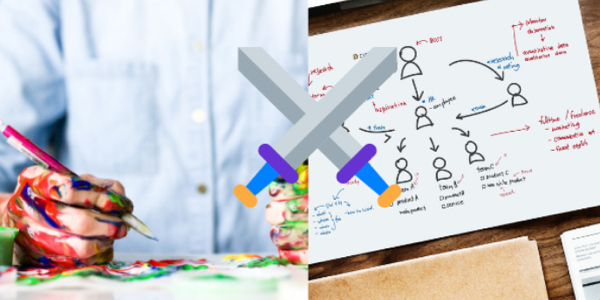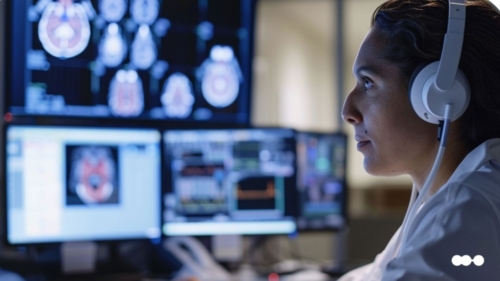ARTICLE SUMMARY
We are told over and over again that applying Lean methodology upgrades workplace productivity, but does it also inspire creativity?

We’re told time and again that applying lean methodology upgrades workplace productivity, but does it also inspire creativity?
Creatives are often the first to run from structured processes, as they have often been taught that organized systems are rigid, discouraging an inventive nature. They can feel limited when forced to follow specific protocols because they have observed that inspiration strikes at random; following a straight path toward a goal may stifle their imagination.
So, why blend lean principles and creative minds?
Creative people are not constantly creating
Even creative types have to deal with document access, project collaboration and organizational tasks. What if they could get these tedious, but necessary, activities out of the way faster? Wouldn’t they have more time to think those creative thoughts? Applying lean principles helps add value to team members by speeding up (and sometimes automating) those snooze-worthy tasks.
Creative people get stuck, too
It’s true. The best writers experience writer’s block, the most outstanding artist stare at blank pages, musicians get in ruts, and designers get discouraged. Many, however, rise to the challenge when goals are clearly defined and accompanied by one of the best free resources out there: team discussion. Take brainstorming, for example: an entire team generates ideas and deliberates pros and cons of various concepts. Collaborative creativity is the heart of innovation. Visualize without limits to unleash unprecedented revelations.
Communication across departments skyrockets
Products and services can be so complicated that they require creative sub-solutions in various technical areas. While it’s true that some designers and manufacturing specialists or engineers may not live in a state of perfect communication, the tendency for miscommunication should never be accepted as a fixed reality. Collaborative thinking creates value, and lean offers elemental rules for how various teams can work together in a considerate manner. Due to its visual and team-based approach, lean enables team members to build on one another’s ideas rather than shoot those ideas down simply because they originated from another department. It also supports open dialogue and focus within projects that makes every worker feel heard, and therefore more willing to give 100%.
A new method to the madness
Lean’s purpose isn’t draining creativity from creatives teams, but to bring structure and predictability to innovation. While creatives focus on idea generation, applying lean principles can help distinguish that idea generation from the essential development process. After all, the overarching goal for all parties is to meet customer needs in a timely manner. Lean steps empower workers and reduce uncertainty in the innovation process itself. Creativity without process might result in glass-shattering ideas—but will those ideas ever see the light of day? On the other hand, processes without creativity can result in a workforce that feels as though its duties are no more than menial tasks on a checklist. Strike a happy medium and let lean management help your creative processes soar new heights.
Still not convinced? Did you know that Pixar employs lean methodology? Their record is evidence that lean and innovation can happily coexist.
Ready to become Lean? Check out our free guide for future lean experts.







